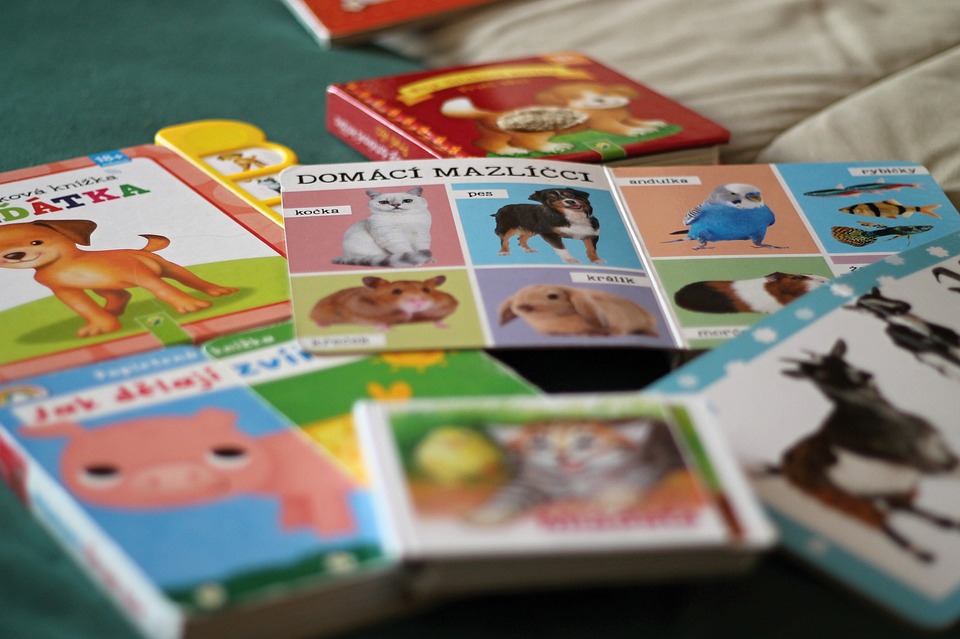Parrots are highly intelligent creatures that thrive on mental stimulation and social interaction. Providing them with a dedicated training playtime is not only crucial for their well-being but also an excellent opportunity for bonding with your feathered friend. In this article, we will explore how to create a parrot training playtime that will engage their minds, promote positive behavior, and strengthen your relationship. We will also address some frequently asked questions about parrot training.
Why is Playtime Important for Parrots?
Parrots are naturally curious and social animals. In the wild, they spend a significant amount of time foraging, exploring, and interacting with their flock. However, in captivity, they can become bored and understimulated, leading to behavioral issues such as feather plucking, screaming, or aggression.
Playtime provides an avenue for mental and physical exercise, enabling your parrot to channel their energy and satisfy their natural instincts. Engaging in play and training sessions also allows you to establish a strong bond with your parrot, build trust, and reinforce positive behaviors.
Setting up the Perfect Parrot Training Playtime
1. Create a Safe Environment: Before starting the playtime, ensure that the area is bird-proofed, removing any potential hazards or toxic substances. Close windows and doors to prevent accidental escapes and make sure there are no other pets around that may pose a threat to your parrot.
2. Choose the Right Toys: Select a variety of toys that cater to your parrot’s preferences and needs. Toys that stimulate problem-solving skills, encourage foraging, and provide different textures and shapes are ideal. Rotate the toys regularly to maintain your parrot’s interest.
3. Establish a Routine: Parrots thrive on routine, so establish a consistent schedule for playtime. This will help them anticipate and look forward to the training sessions. Aim for at least 15-30 minutes of playtime each day, preferably during a time when your parrot is most active.
4. Positive Reinforcement: Use positive reinforcement techniques such as treats, praise, and rewards to encourage desired behaviors during playtime. This will reinforce your parrot’s understanding of what is expected and make the training experience enjoyable for both of you.
5. Teach Basic Commands: Introduce simple commands like “step up,” “wave,” or “turn around.” Make sure to break the training into short, focused sessions to prevent your parrot from becoming overwhelmed. Be patient, consistent, and always end on a positive note to keep your parrot engaged and motivated.
Frequently Asked Questions about Parrot Training
Q: How long does it take to train a parrot?
A: Training a parrot can vary depending on the individual bird and the desired behavior. Basic commands can be taught within a few weeks, while more complex tricks or behaviors may take several months of consistent training.
Q: Can older parrots be trained?
A: Yes, parrots of any age can be trained. However, older parrots may require more patience and time as they might have established habits that need to be modified.
Q: What if my parrot doesn’t respond to training?
A: Each parrot is unique, and it is normal for some to be slower learners. If your parrot seems unresponsive to training, assess if the training environment is free of distractions, ensure you’re using positive reinforcement, and consider seeking guidance from an avian behaviorist or an experienced parrot trainer.
Q: Can I teach my parrot not to bite?
A: Yes, it is possible to train your parrot to reduce or eliminate biting behaviors. Work with a professional trainer who specializes in parrot behavior to address the underlying causes and develop a training plan.
By dedicating time to parrot training playtime, you will not only provide mental stimulation for your feathered companion but also nurture a deeper bond between you. Remember to have fun, be patient, and embrace the journey of unlocking your parrot’s full potential through play and training.









